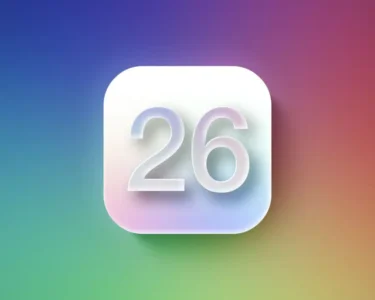New Delhi, May 7, 2025 — In a swift and decisive counter-response to the deadly terrorist assault in Jammu and Kashmir’s Pahalgam on April 22, the Indian Armed Forces launched Operation Sindoor, a coordinated military action targeting suspected terror camps in Pakistan and Pakistan-occupied Kashmir (PoK). The operation, executed during the early hours of May 6, reflects India’s shift from reactive defense to proactive deterrence.
The operation Sindoor, is symbolically derived from an emotionally resonant image of a victim’s bloodied forehead, shared widely on social media following the Pahalgam tragedy, which claimed the lives of 26 civilians—most of them tourists from various parts of India.
A Strategic Military Move
According to official sources, the Indian military conducted precision missile strikes on at least nine terror-linked locations in Pakistan’s Punjab province and PoK. The cities of Muzaffarabad and Kotli in PoK, along with Bahawalpur and Muridke in Pakistan, were among the key targets. Intelligence inputs suggested that these regions harbored key operational bases of terrorist outfits like Lashkar-e-Taiba and Jaish-e-Mohammed, both of which have long been accused of orchestrating attacks on Indian soil.
The Ministry of Defence issued a statement emphasizing that the strikes were “calibrated and focused,” asserting that no Pakistani military infrastructure was hit. Officials termed the action as a “non-escalatory preventive measure” aimed solely at dismantling terror infrastructure and sending a stern message to those sheltering such elements.
Pakistan Reacts Sharply
The Pakistani government swiftly condemned the strikes, calling them a blatant violation of sovereignty and an “act of aggression.” Islamabad reported civilian casualties, claiming that at least nine people, including a child, were killed and dozens injured. Pakistani authorities also alleged that mosques and residential areas were among the structures damaged—accusations denied by New Delhi.
Pakistan’s Inter-Services Public Relations (ISPR) further claimed that its military had downed five Indian fighter jets and a reconnaissance drone and had struck back at Indian brigade posts across the Line of Control (LoC). These claims, however, remain unverified and have not been corroborated by independent observers.
International Concerns Rise
The sudden escalation has triggered alarms across the global diplomatic community. The United States, through a statement by President Donald Trump, expressed concern over rising hostilities and urged both nations to engage in dialogue rather than resort to armed conflict. China, while expressing regret over India’s actions, called for restraint and mutual de-escalation.
The United Nations also released a statement, reiterating the need for bilateral talks and warning that any misstep could lead to unpredictable consequences, especially between two nuclear-armed neighbors.
Behavioral Shift in Security Policy
Operation Sindoor marks a significant shift in India’s counter-terrorism approach. Instead of prolonged diplomatic protests or defensive posturing, the current government has chosen to adopt assertive military action that targets the root infrastructure of cross-border terrorism.
Military analysts describe this move as a continuation of India’s evolving doctrine of preemptive strikes, previously seen in the Balakot airstrikes of 2019. However, Operation Sindoor differs in scale and precision, leveraging advanced surveillance and satellite-guided munitions to ensure minimal collateral damage.
Sources within the Indian security establishment said that the operation was the result of over a week of planning, involving the Army, Air Force, and strategic intelligence units. Satellite imagery and real-time data were used to confirm the location of terrorist camps, ensuring that the response was based on solid ground intelligence.
Ground Situation: Tensions Along the LoC
Since the operation, there has been a noticeable increase in military activity along the LoC. Reports of cross-border firing and shelling have emerged, causing concern among civilians living in border districts of Jammu and Kashmir. Schools have been shut, and shelters have been prepared in case of further escalation.
Meanwhile, Pakistan has closed portions of its airspace and has convened its National Security Committee to evaluate potential responses. India, on the other hand, has conducted blackout drills in several cantonments, including Punjab, and issued high alerts in military zones.
The Road Ahead
As the dust settles on this latest military exchange, experts warn that the situation remains volatile and unpredictable. While both sides have thus far avoided targeting each other’s major military assets, the risk of further escalation cannot be ruled out.
Operation Sindoor has sent a strong signal regarding India’s changing posture on terrorism emanating from across the border. Whether it leads to long-term deterrence or triggers a deeper conflict will depend on the next steps taken by both governments.
In the words of Rakesh Menon, a defense strategist: “We are at a tipping point. The hope is for de-escalation, but the preparedness must be for all possibilities.”







